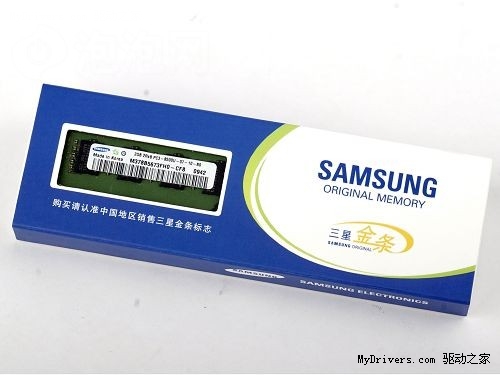Memory price cuts remain unchanged for a year
 For the newly installed friends, the recent downward adjustment of DDR3 memory prices is undoubtedly a good news, but the good news is still behind. According to analysts and market researcher, the memory price reduction trend will remain until next year, and may reach 2011. Only half a year will gradually recover lost ground.
For the newly installed friends, the recent downward adjustment of DDR3 memory prices is undoubtedly a good news, but the good news is still behind. According to analysts and market researcher, the memory price reduction trend will remain until next year, and may reach 2011. Only half a year will gradually recover lost ground. As one of the components that have the greatest impact on overall machine speed, memory has remained at a relatively high price during the past year. However, in recent months, the lack of consumer confidence index has caused the loosening of memory prices. The expansion of manufacturer's production capacity will further increase the pace of falling memory prices, and with the full release of various manufacturers' capacity, the price of memory is expected to go down.
According to industry analyst firm DRAMeXchange, as of the first half of November this year, the price of high-end 2GB DDR3 memory has slipped to 25 US dollars. In the first half of this year, the highest price of DDR3 has reached 46.50 US dollars. DRAMeXchange expects memory prices to fall to $20 by the end of this year.
DRAMeXchange pointed out that the increase in Samsung's production is the main driving force for the recent decline in the price of memory, and its competitors have to continue to face downward pressure on prices in the fourth quarter while increasing production.
At the beginning of this year, Samsung significantly increased capital investment in related areas. For the memory chip industry, Samsung invested a total of 9 trillion won (equivalent to 7.8 billion US dollars), which is an absolute figure for a company. In the third quarter of the investor conference, Samsung executives said they hope that by the end of the year, the price of memory will drop by 30%.
Mike Howard, an iSuppli analyst, believes that Samsung has targeted the market for 50% of the memory market and strives for it, including increasing investment in upgrading factories.
“Through the expansion of production capacity and the improvement of technology, Samsung can easily lower the price of memory to erode the market share of competitors,†Mike Howard said in a report.
Samsung currently holds 40.7% of the global memory market, compared with 35.4% in the second quarter of this year.
Samsung’s ambition seems to be far away from us, and it is undoubtedly a price cut for our average user. In general, the decline in memory prices means that we can buy cheaper PCs and related electronic products, but this time the memory price reduction may not be the same. PC makers hope to provide users with higher specifications through the decline in memory prices. The decline of the product rather than the overall price.
At a recent investor conference, Gianfranco Lanci, the new chief executive of Acer’s Italian company, said that the price of a number of computer components has begun to decline, including memory and LCD panels, but he thinks “you may not You may find that there is an increase in specifications when you see the price cut for PCs."
Finally, Credit Suisse Group predicts that the oversupply of the memory market will continue until mid-2011. The quarterly revenue of the memory market may reach the trough by the end of the first quarter of next year, and may gradually increase from the second quarter of next year. Has improved.
Stator Winding Line Co., Ltd. , http://www.windingline.com